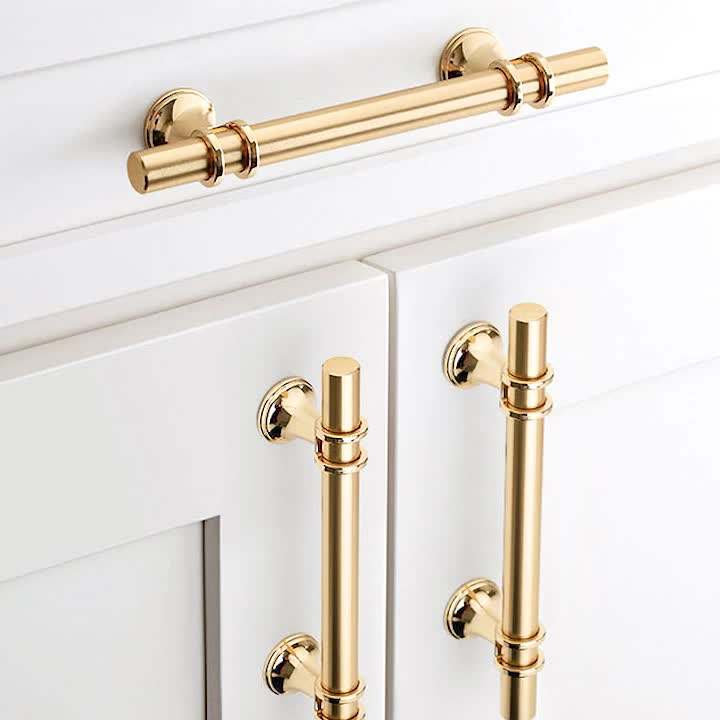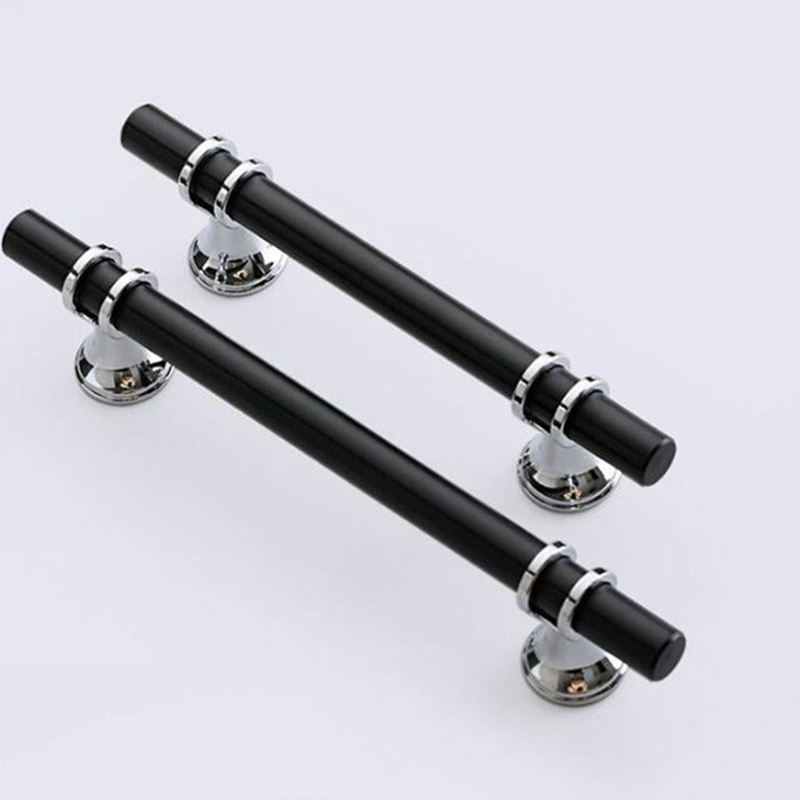The durability of wood plays a significant role in the longevity of furniture handles. Wooden handles, when crafted from sturdy and well-maintained wood, can withstand the test of time and usage. Proper selection, preparation, and care contribute to the overall durability of wooden furniture handles:
1. Wood Selection:
Choose durable wood species known for their strength and resistance to wear. Hardwoods like oak, maple, cherry, and walnut are excellent choices due to their density and durability.
2. Moisture Resistance:
Wooden handles should be crafted from wood that has been properly dried and seasoned. Wood with a moisture content that’s too high is prone to warping, cracking, and decay over time.
3. Wood Grain Orientation:
Pay attention to the orientation of the wood grain when crafting handles. Ideally, the grain should run parallel to the length of the handle to minimize the risk of splitting.
4. Finishing and Protection:
Applying a protective finish to wooden handles is crucial for durability. Finishes like varnish, polyurethane, or oil help shield the wood from moisture, scratches, and UV damage.
5. Sealing End Grain:
If the handle design exposes end grain (the cut ends of wood fibers), make sure to seal these areas with a finish or wood sealer. End grain is more susceptible to moisture absorption, which can lead to splitting.
6. Avoid Harsh Chemicals:
Cleaning agents containing harsh chemicals can strip away the protective finish and damage the wood. Use mild and wood-friendly cleaners to maintain the handles.
7. Regular Maintenance:
Perform regular maintenance by cleaning the handles and inspecting them for signs of wear, damage, or loose parts. Address any issues promptly to prevent further damage.
8. Avoid Extreme Conditions:
Exposure to extreme conditions, such as direct sunlight, high humidity, or extreme dryness, can accelerate the deterioration of wooden handles. Keep furniture away from these conditions whenever possible.
9. Handle Usage:
Promote longevity by using the handles as intended. Avoid excessive force or pressure that could cause handles to break or become loose.
10. Repair and Restoration:
If handles do show signs of wear or damage over time, consider repairing or restoring them. Sanding, refinishing, or replacing parts can extend their lifespan.
11. Rot Prevention:
For handles that come into contact with the ground or surfaces where moisture is present, consider adding protective elements like felt pads or rubber stoppers to prevent moisture absorption and potential rot.
12. Proper Installation:
Proper installation of handles is essential for their durability. Ensuring they are securely attached with appropriate hardware prevents wobbling and loosening.
By prioritizing wood quality, appropriate finishing, and regular maintenance, you can significantly extend the durability and lifespan of wooden furniture handles. These measures ensure that your handles continue to look beautiful and function well for many years, adding to the overall longevity of your furniture pieces.


